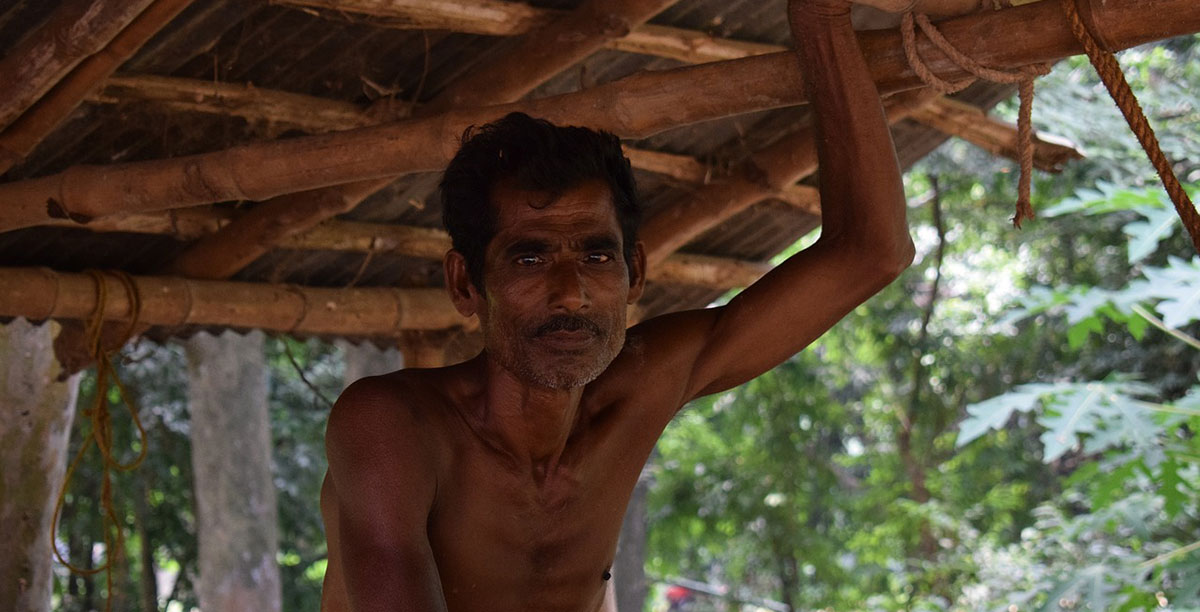Why our world is out of balance, part 2
About the course “The Effects of Industrial Farming”
This course is part of the curriculum for the Development Instructor teams, so they can gain a better understanding of the reasons for the huge economic inequality in the world today and why billions of people are living in such poverty – in spite of all the existing resources.
After studying The Effects of Industrial Farming it was clear to us that some of the effects of industrial farming are:
- Rupture of the generational transmission of knowledge of uses and customs of natural resources and good practices. This makes us lose the balance between land, wildlife and humanity.
One example of this is how during many centuries local farmers developed seeds and used them collectively as a community to re-plant for the next harvest. But now most of the farmers buy the treated, gene-modified seeds and it makes them dependents on big monopolies like Monsanto – and often countries have to ask to borrow money from the World Bank and the International Monetary Fund.
Increased corporate concentration. Production of seeds by agrochemical companies has resulted in a steady increase in prices for farmers. For example, the price of seeds has increased steadily over the last 20 years, with significant increases in the last decade. Since 1999, seed prices have risen 146 percent.
Mono cultures creating vulnerability.
Mono-cultures are extremely vulnerable to pests, plant diseases, and changes in the climate, and it becomes necessary to use a lot of agrochemicals - pesticides, herbicides, fungicides - for the crops to survive.
And this is completely counter-productive in the long run!
Mono-cultures are eroding the full arsenal of biodiversity needed by societies to respond to the dramatic and inconsistent weather patterns associated with global warming.
Declining yields.
The unintended costs from industrial farming for the environment and human health have been grave and in many regions have damaged farm soils to the point that yields are in decline.
Micronutrient malnutrition
Another aspect of public health that are related to Green Revolution approaches (eg in India), but often not recognized in public discourse: micronutrient malnutrition in many developing countries.
Destroying the small farmers.
Hundreds of thousands of farmers have committed suicide in India in regions where Green Revolution practices were introduced. According to India’s National Crime Records Bureau 2007, almost 200,000 farmers have committed suicide since 1997.

Conclusion
In conclusion, our trio would like to say that it is necessary to be aware and educate the new generations in maintaining the balance that we spoke about at the beginning: land, wildlife and humanity. And everything that does not favour this balance is harmful and alters natural ecosystems.
We made a list of suggested actions in 3 areas, and now the task is to determine which of these could be part of our activities in our project period in Zambia or Mozambique. We also need to determine which skills and knowledge we will need, and plan how to acquire them.
- Education in the collection, conservation and treatment of seeds for food consumption.
Talk to local people and ask what fruits, vegetables, and grains they consume or would like to consume.
Search for the appropriate seeds to be able to plant and later collect the seeds from own plant samples to avoid dependence on the manipulated seeds.
Carry out a study on it and how to obtain the seeds in order to later train people by promoting self-management.
Find out which of them they would like to consume or know how to cook.
Transversal education in the kitchen: how to cook with what we have and don't know how to use? - Collection of water.
Make a budget for how big investment is needed to get metal containers to accumulate water.
Investigate which materials available can be used to adapt the product. (Bio-construction of mud, reuse of products...) - Reforestation with native species
Collect data on native species and flowering time to collect seeds and make seedlings.
Make seed-bombs and introduce the idea in the community
This task was interesting and we learned a lot because we went deeper than normally into this topic. We got a lot of real information about how industrial farming affects different parts of the world and we created 3 possible projects for our future in the development project - and also for our future in the life.





